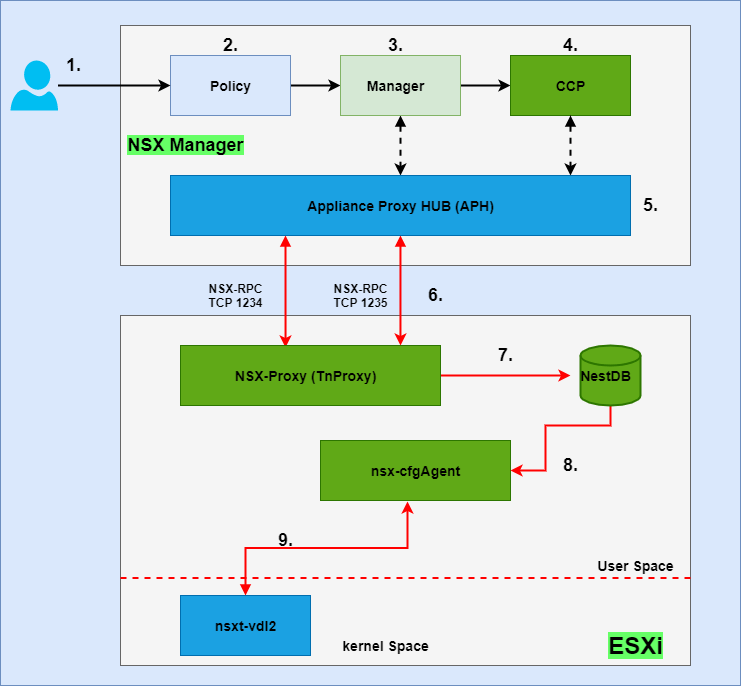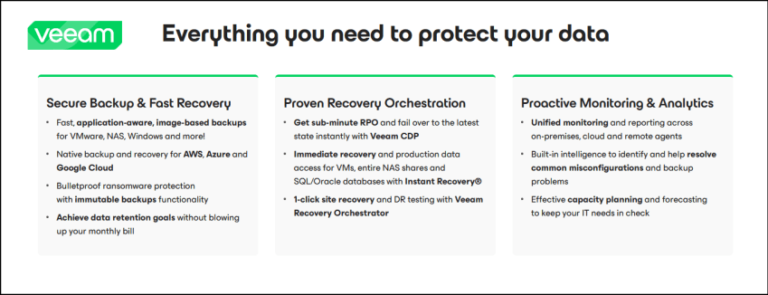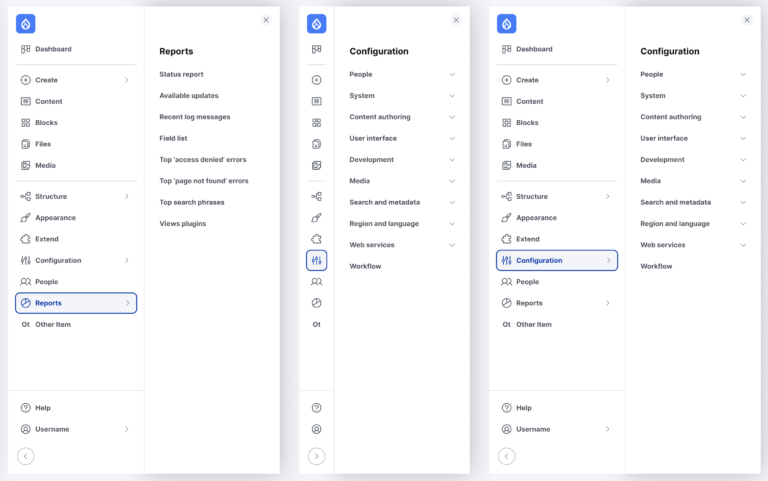
Feel free to check in on this series:
What is a Virtual Network?
In Azure Stack HCI SDN and Azure Cloud you have the concepts of a vNET that Microsoft defines as:
Azure Virtual Network is a service that provides the fundamental building block for your private network in Azure. An instance of the service (a virtual network) enables many types of Azure resources to securely communicate with each other, the internet, and on-premises networks.
What is a Virtual Subnet?
Virtual Networks give you the ability to create subnets within your vNET, which Microsoft defines a Virtual Subnet as:
Subnets: Subnets enable you to segment the virtual network into one or more subnetworks and allocate a portion of the virtual network’s address space to each subnet. You can then deploy Azure resources in a specific subnet. Just like in a traditional network, subnets allow you to segment your virtual network address space into segments that are appropriate for the organization’s internal network. Segmentation improves address allocation efficiency. You can secure resources within subnets using Network Security Groups.
Recently, I ran into issues of traditional VI Admins not being able to understand the above concepts. Having spent years in networking it is easy for someone to say how many IPs can I get out of a /24 network? It is simple math but as I like to say, that is why calculators were created. Below you will find a link to the calculator I use for quick subnetting math.
Calculator:
How to use:
Put in your desired network address block, for example 10.x, 20.x, 192.x, etc.
Then select the subnet mask you want to use, for example, /16 for 65,536 address or /19 for 8192 address.
Then put in your desired number of subnets. If /16 and you want to create all /24 networks with 256(254) usable address.
Summary:
I hope this quick but easy way to calculate the possible amounts of Subnets you can generate within your Virtual Network was helpful.
*The thoughts and opinions in this article are mine and hold no reflect on my employer*






